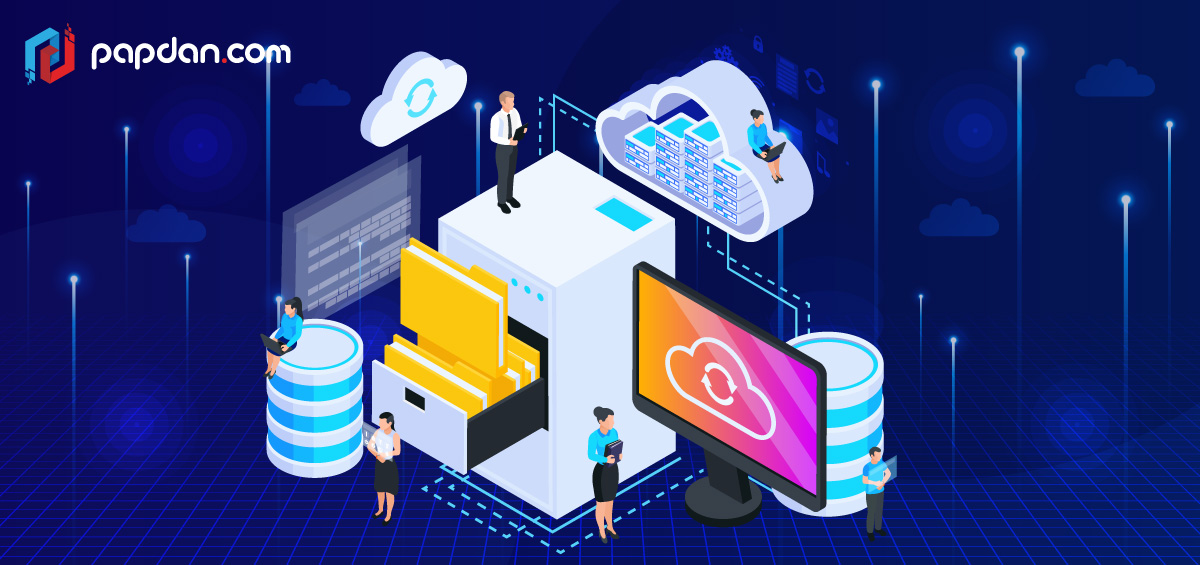You may have be aware that businesses may save 30–50% by transferring their infrastructure to the cloud. But have you ever questioned why cloud computing expenses are rising over time?
IDC estimates that in the fourth quarter of 2021, spending on compute and storage infrastructure goods for cloud infrastructure, including dedicated and shared environments, climbed 13.5% over the previous year. Spending on cloud infrastructure reached $73.9 billion for the whole year 2021, an increase of 8.8% from 2020.
Despite this, businesses frequently run over budget while using the public cloud due to the difficulty in keeping costs under control. This makes managing cloud cost optimisation more important than ever. Having a team of skilled DevOps and adhering to DevOps techniques may work miracles as the number of cloud services rises, resulting in lower costs for software development, deployment, and maintenance.
Our web developers have developed a list of some essential DevOps principles in this article to assist you avoid wasteful spending and cloud fees.
Leveraging Third-party Services
After examining the project’s needs, you may decide whether to use third-party services if your company can afford them. This lowers operational costs and generates significant financial savings. The way your third-party service provider can assist you in doing this is as follows. There are a number of cloud service providers that offer services that may be used during the development process, including Azure, AWS, and Google Cloud.
Building such a service from scratch necessitates a substantially larger money and even more time. The DevOps team will assess the infrastructure resources and services being used if the project is already underway. The adoption of new services or making modifications may then be suggested if there is still room for cost-cutting measures.
Resource Code Optimization
The primary goal is to employ cloud resource pricing models that allow consumers to receive the most efficiency for the least amount of money. The issue that now emerges is: How can the DevOps team assist you in doing this?
Businesses may get several advantages from employing a DevOps staff, including quick delivery times, outstanding customer experiences, and early fault discovery. Cloud service providers provide a variety of computing and storage capabilities with multiple levels and pricing choices.
For instance, AWS-based services offer computational resources known as EC2, which let customers select several sorts of instances. It includes ones that are spot, on-demand, dedicated, or reserved. Costs are greatly optimised when the appropriate type of instance is chosen for a particular application.
Change Software Architecture
Simply changing the architecture and software code can result in significant financial savings. For instance, adopting PaaS (Platform-as-a-Service), runtime, container management, and a serverless pay-per-execution environment rather than a virtual machine can all result in cost savings.
On the other side, you may also utilise containers since they have microservices that are loaded into virtual memory as needed and discharged when no longer needed.
Infrastructure & CI/CD Process Automation
During the development, testing, and deployment phases, CI/CD automation reduces the need to manually manage servers, OS, database connections, storage, and other infrastructure components.
By doing an infrastructure analysis and planning to understand the needs, possible risks, and possibilities, the DevOps team can assist you in achieving this. The group sets up the fundamental infrastructure resources, including configuration, computing power, etc.
Service integration often starts with the creation of a pipeline configuration once the infrastructure resources are ready. The DevOps team often examines the requirements and recommends the best methods for service delivery; the most popular options are Docker containers or Amazon Lambda.
In terms of cost savings, Infrastructure as a Code allows customers to adopt template-based solutions instead of wasting valuable development time manually provisioning IT infrastructure. Additionally, engineers are spending a lot less time and money on the delivery and deployment of new services and features and more time developing new ones.
Get a Subscription
Although the majority of cloud services are based on use, some cloud service providers also provide a subscription option for a certain amount of time. If utilised properly, they assist many firms in saving money.
Use These Tips to Reduce Your Costs
In this post, we shared several DevOps strategies that might help your firm spend less and make the most of its resources. You may broaden the applications of cloud computing while lowering cloud costs by putting these cloud reduction strategies into practise.
But keep in mind that if you waste resources, your prospective savings will suffer. Companies must thus understand how crucial it is to have a team of DevOps engineers when moving their infrastructure to the cloud.
Take into account the size and specific demands of your organisation to choose the plan that will work best for you. It’s frequently advisable to hire a team of DevOps engineers outside, which will ensure effective administration of your cloud budget.

